- Supplements
- Fat Burners
- Pre Workout Booster
- Testo Booster
- Ephedrine HCL
- ECA stack
- Yohimbine
- Prohormones
- SARMs
- Power
- Muscle
- Accessories
- Fat loss
- Diet
- Health
- Endurance
-
50€+ Order = Free Shipping
*AT & DE
Manufacturers
BESTSELLER
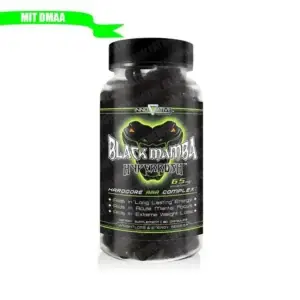
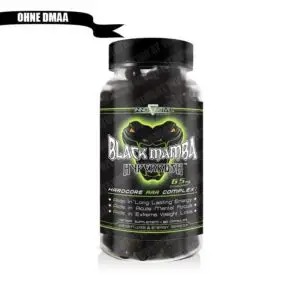
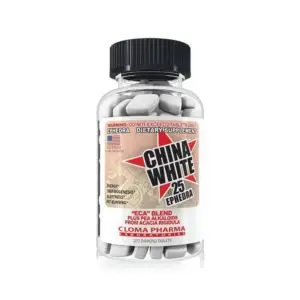
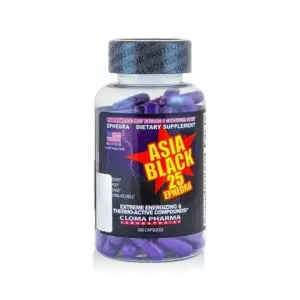
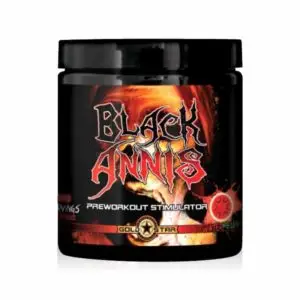
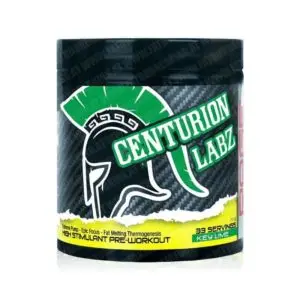
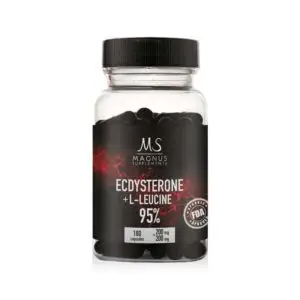
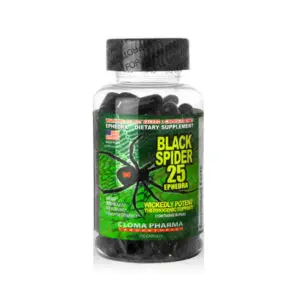
About
FATBURNERKING


To understand its effects, we need to take a closer look at the properties and biochemical structure of this substance. Nandrolone, also known as 19-nortestosterone, interacts with body processes in specific ways that affect strength and endurance. The adaptation of nandrolone users allows them to surpass the limits of physical ability, making it a popular drug in competitive sports. Is nandrolone another "bubble" or does it really help professional athletes? We answer this question for you.
Nandrolone is an anabolic androgenic steroid hormone that differs chemically from testosterone in that it lacks the methyl group at the C-19 position. It was first synthesized in 1950 and is also known as 19-nortestosterone. Nandrolone is synthesized in the organism from testosterone by oxidation of the methyl group in position 10 and subsequent retro-Claisen rearrangement. It is known for its anabolic effect
Nandrolone is mainly used in the form of an ester, such as nandrolone decanoate, and is injected intramuscularly. Medical applications include.
Nandrolone is a synthetic anabolic steroid that is structurally similar to testosterone, but has a better affinity for activating androgen receptors. This activation occurs particularly in muscle and bone tissue, where it promotes protein synthesis. This increases both muscle mass and bone density.
A key advantage of nandrolone is its lower conversion rate to oestrogen compared to testosterone. This reduces the risk of estrogen-related side effects such as gynecomastia. Nandrolone also inhibits the catabolism of muscle protein by blocking the effect of corticosteroids in muscle cells. This leads to a positive nitrogen balance in the body.
Nandrolone also improves the production of red blood cells. This increases the oxygen supply to the muscles and thus supports physical performance and regeneration.
Here is a brief overview of how it works:
| Function | Benefit |
| Androgen receptor activation | Increased muscle and bone density |
| Low estrogen conversion | Fewer estrogen-related side effects |
| Inhibition of muscle catabolism | Positive nitrogen balance |
| Increase in red blood cells | Improved regeneration |
Nandrolone therefore offers many advantages in therapeutic applications due to its anabolic and limited androgenic effect.
Nandrolone is a well-known anabolic steroid that is on the International Olympic Committee's (IOC) list of banned substances. Despite the ban, it is one of the most commonly used anabolic steroids in sport. Athletes use nandrolone to increase muscle mass and shorten recovery time after intensive training sessions. The anabolic effect of nandrolone outweighs its androgenic effect, which makes it particularly attractive for use in doping. As a result, athletes who use nandrolone achieve significant strength gains and are better able to withstand extreme training loads.
The main reasons for the use of nandrolone in sports are its anabolic properties, which enable remarkable gains in muscle strength. Athletes try to cope with extreme training intensities and achieve faster recovery between sessions by using this steroid. In addition to humans, nandrolone is also used in veterinary medicine to improve physical condition. In veterinary medicine, for example, nandrolone is used as an anabolic agent in rabbits. Nandrolone is also used in human medicine, in particular for the treatment of osteoporosis in postmenopausal women, which underlines the versatile areas of application of this steroid.
Nandrolone is an anabolic steroid that was developed back in the 1950s and was initially injected intramuscularly. Due to its depot effect, it was detectable over a longer period of time, which confirmed its early popularity in sport. However, food supplements with nandrolone residues can also be purchased on the black market, which are no longer detectable in doping tests after just a few days. The USA banned nandrolone prohormones from 2006 and prevented their trade, but this has not diminished its popularity. Despite its inclusion on the IOC list of banned substances, nandrolone is still widely used in sport and abused due to its effective anabolic effect. Nandrolone has established itself over the decades as one of the central agents in the world of doping.
Nandrolone's potentially better effect compared to testosterone makes it an interesting, but also controversial drug in various areas of application. It is available orally and can also be stacked with other prohormones.
Nandrolone can definitely help build muscle and is also one of the stronger insider prohormones that are not used by many. A
One advantage of nandrolone over testosterone is the lower conversion rate to estrogen, which reduces the risk of side effects such as gynecomastia and also contributes slightly more to shape enhancement. No water retention and the potent stacking option with other prohormones makes it an insider tip in any diet. In therapeutic applications, nandrolone is used primarily in postmenopausal women to treat osteoporosis, often in the form of the long-acting nandrolone decanoate.
Important: The World Anti-Doping Agency includes nandrolone on its list of banned substances. It is strictly controlled in sports competitions to prevent abuse.
© copyright 2018-2025 Fatburnerking.at
| Cookie | Duration | Description |
|---|---|---|
| cookielawinfo-checkbox-advertisement | 1 year | This cookie is set by the GDPR Cookie Consent Plugin and is used to record the user's consent for the cookies in the "Advertising" category. |
| cookielawinfo-checkbox-analytics | 11 months | This cookie is set by GDPR Cookie. The cookie is used to store user consent for cookies in the "Analytics" category. |
| cookielawinfo-checkbox-functional | 11 months | The cookie is set based on the consent of the GDPR cookies to record the user's consent for cookies in the "Functional" category. |
| cookielawinfo-checkbox-necessary | 11 months | This cookie is set by GDPR Cookie. Cookies are used to store the user's consent to the storage of cookies in the "Necessary" category. |
| cookielawinfo-checkbox-others | 11 months | This cookie is set by GDPR Cookie. The cookie is used to store the user's consent for cookies in the "Other" category. |
| cookielawinfo-checkbox-performance | 11 months | This cookie is set by GDPR Cookie. The cookie is used to store user consent for cookies in the "Performance" category. |
| CookieLawInfoConsent | 1 year | Records the default button status of the corresponding category and the status of CCPA. It only works in coordination with the primary cookie. |
| elementor | never | This cookie is used by the website's WordPress theme. It allows the website owner to implement or change the content of the website in real time. |
| viewed_cookie_policy | 11 months | The cookie is set by the GDPR cookie and is used to store whether the user has consented to the use of cookies or not. It does not store any personal data. |
| Cookie | Duration | Description |
|---|---|---|
| ssupp.vid | 6 months | Cookie set by Smartsupp to record the visitor ID. |
| ssupp.visits | 6 months | Cookie set by Smartsupp to record the number of previous visits, necessary to track automatic messages. |
| Cookie | Duration | Description |
|---|---|---|
| _ga | 2 years | The _ga cookie installed by Google Analytics calculates visitor, session and campaign data and also tracks website usage for the website analytics report. The cookie stores information anonymously and assigns a randomly generated number to identify unique visitors. |
| _gat_gtag_UA_179465762_1 | 1 minute | Set by Google to distinguish users. |
| _gid | 1 day | The _gid cookie installed by Google Analytics stores information about how visitors use a website and at the same time creates an analytics report about the website's performance. Some of the data collected includes the number of visitors, their source and the pages they visit anonymously. |
| tk_ai | 5 years | JetPack sets this cookie to store a randomly generated anonymous ID that is only used in the administration area and for general analytics tracking. |
| tk_lr | 1 year | The tk_lr is a referral cookie set by the JetPack plug-in on websites using WooCommerce that analyses referral behaviour for Jetpack. |
| tk_or | 5 years | The tk_or is a referral cookie set by the JetPack plug-in on websites using WooCommerce that analyses referral behaviour for Jetpack. |
| tk_qs | 30 minutes | JetPack sets this cookie to store a randomly generated anonymous ID that is only used in the administration area and for general analytics tracking. |
| tk_r3d | 3 days | JetPack installs this cookie to collect internal metrics for user activity to improve the user experience. |
| tk_tc | Session | JetPack sets this cookie to record details of how users use the website. |
| Cookie | Duration | Description |
|---|---|---|
| _fbp | 3 months | This cookie is set by Facebook to display ads after visiting the website, either on Facebook or on a digital platform powered by Facebook Ads. |
| fr | 3 months | Facebook sets this cookie to display relevant ads to users by tracking user behaviour on the web, on websites with Facebook Pixel or Facebook Social Plug-in. |
| Cookie | Duration | Description |
|---|---|---|
| cookies.js | Session | No description available. |
| weglot_wp_rocket_cache | Session | No description |